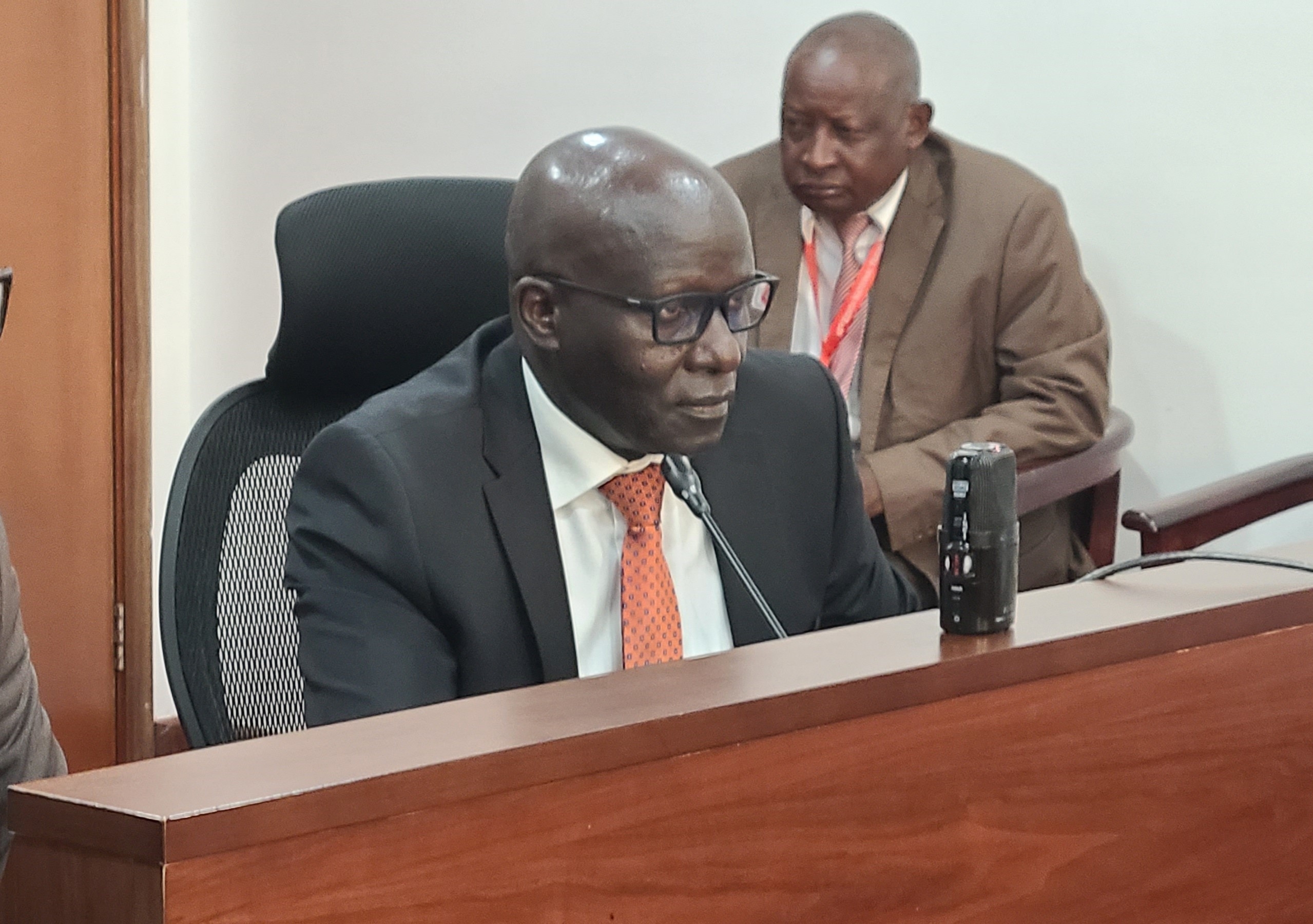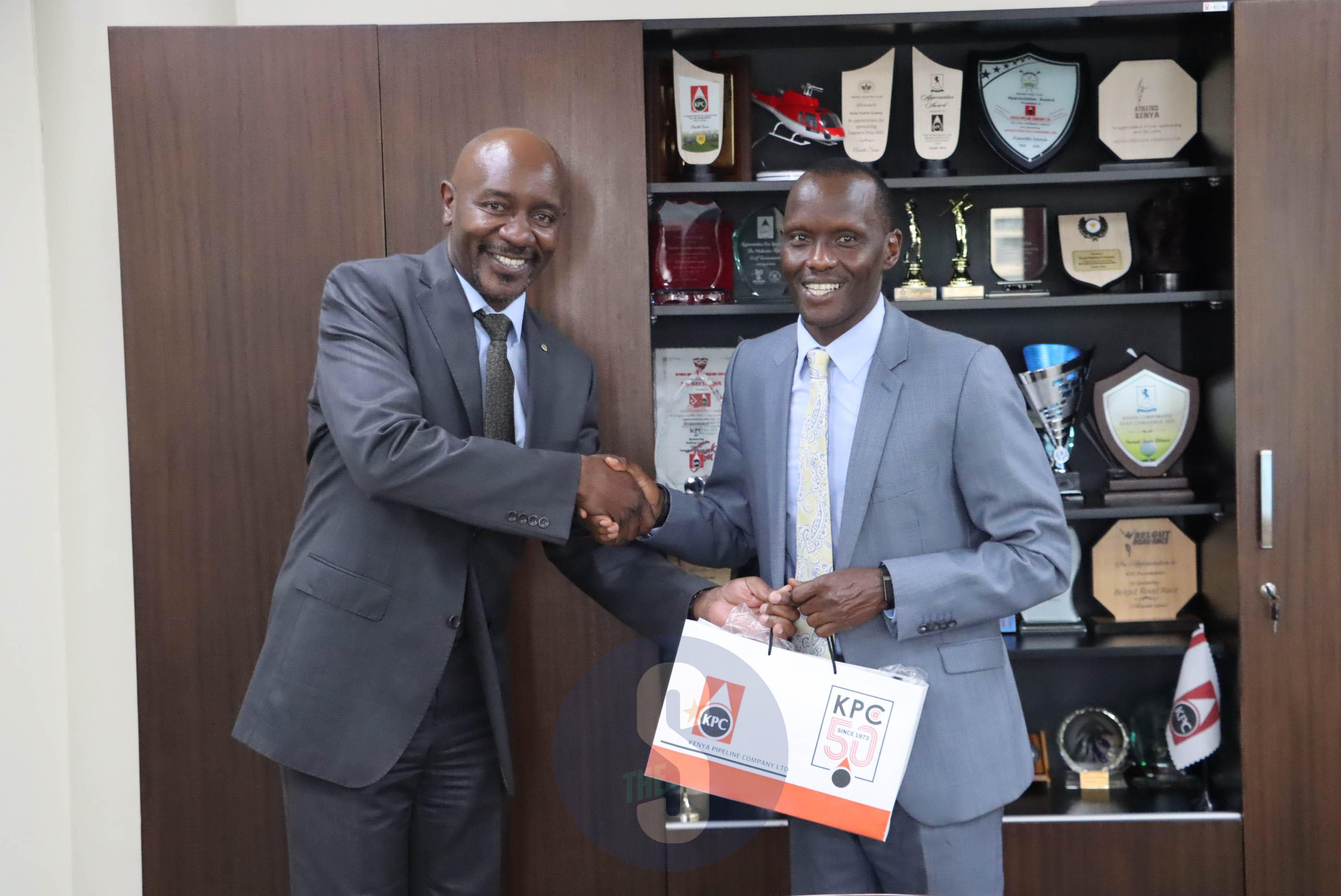It’s a shame that at a time when the entire African continent has placed its gaze on achieving Continental Free Trade Area, the EAC is embroiled in a crisis that is detrimental to the economic welfare of millions and an economically integrated region.
It’s even worse that the squabbling is premised not on any clear policy differences, normative misunderstandings, or legal complexities with regard to EAC treaty but on personality differences between Uganda’s Yoweri Museveni and Rwanda’s Paul Kagame.
The overriding factor is that the crisis in great part boils down to the two leaders’ poor democratic credentials and authoritarian tendencies. Kagame and Museveni are known to stifle opposition parties in their respective countries, thus the reason why they constantly live in fear of real and perceived armed dissidents working against their regimes.
This kind of blame game would be less likely if they had allowed opposition parties to operate freely. In essence, the discord between the leaders of Uganda and Rwanda on one hand, and Burundi and Rwanda on the other is likely to lead to uncertainty in the economic and political future of EAC, as long as they continue to hold on to power and limit democratic playing field for opposition parties in their respective countries..
The challenge to EAC, however, is that these claims and counterclaims hamper the harmonious process of EAC integration as it sows seeds of discord between leaders and fear among EAC citizens. This is further compounded by the weak nature of EAC’s secretariat, organs, and institutions ability to resolve conflicts. The same leaders, under the EAC summit, have the ultimate control of the EAC decision-making process. However, due to the wrangling and suspicions between them, they are obviously unable to meaningfully and in good time provide solutions to issues touching on their own personal differences.
Although by all indicators the ongoing tensions are unlikely to lead to outright inter-state armed conflict, the repercussions heavily weigh down the ordinary residents of EAC. The partial closure of borders has resulted in minimal traffic of goods and services across the region. This notwithstanding the fact that the Customs Union and Common Market Protocols bind all EAC member states.
This is already the case in Gatuna border crossing point where free movement of goods, services, and labour has declined due to ongoing tension between Kigali and Kampala. The claim by Rwanda that the border facility is undergoing repair is merely a smokescreen by Rwanda to punish Uganda through imposing tariff and non-tariff trade barriers on goods and services coming through Uganda via the shared entry point.
Subsequently, the repercussions are not only felt by the two countries but have wider ramifications even to those who are not party to the conflict. Such is the case with Kenya that is arguably the doorway to East and Central Africa, due to its strategically situated Mombasa port that serves the export and import needs of the sub-region in addition to Tanzania’s port of Dar-es-Salaam.
It is important to note that, these existential threats to the future of East Africa are not just limited to the west of EAC, but are as well manifested in the eastern part of the regional bloc. On the eastern side, Kenya and Tanzania have persistently been involved in economic disputes over tariff and non-tarrif barriers with regard to movements of goods and services mostly along the Namanga common border point.
In general, these machinations provide a grim picture of the reality of EAC integration process and are likely to harm than benefit individual member states. This can be witnessed by the gradual decline in trade between EAC member states, which currently is at 26%, compared to intra-regional trade with other regional economic blocs across the continent.
The widening of EAC without necessarily strengthening its institutions and organs has played a key role in the slowdown of integration process. Hence there is no need to deepen integration through building a strong normative, constitutional and legal framework that can provide a self-regulating mechanism to deal with delinquency among EAC member states without necessarily over-reliance on the EAC Summit. This is because as the current scenario illustrates, the Summit’s capacity to provide solutions is limited and more prone to stalemates.
The handicapping nature of the summit in resolving conflicts between individual members of the summit has recently been witnessed by the failure of Kenya’s president Uhuru Kenyatta’s shuttle diplomacy in what was clearly an attempt to resolve tensions between Kampala and Kigali.
The failure can partly be attributed to the fact that Kenya was acting out of its own national interest and not necessarily out of EAC aspirations. Secondly being a front line state, with narrow interest, and lacking any hegemonic status, Kenya and its leadership is less likely to coerce its peers within the region towards a common understanding.
The short term solution to the conflict lies in engaging external actors outside the EAC. This is due to the lack of confidence in the EAC Summit that is characterised by suspicions between EAC heads of states.
Therefore the best alternative would be for the African Union to intervene as a neutral arbitrator between the squabbling EAC leaders. However, in the long term, the EAC Summit should aim at strengthening the Secretariat, as well as other organs and institutions as mediums of conflict resolutions. This should involve reducing the decision-making powers of the summit.
Doctor of philosophy research student, Institute of Diplomacy and International Studies, UoN















